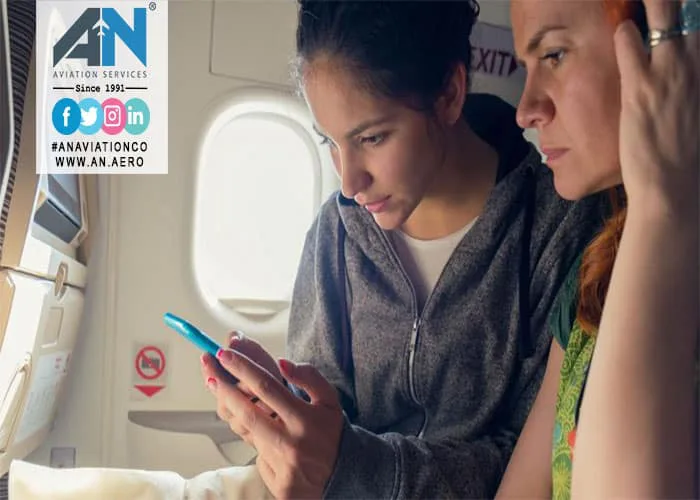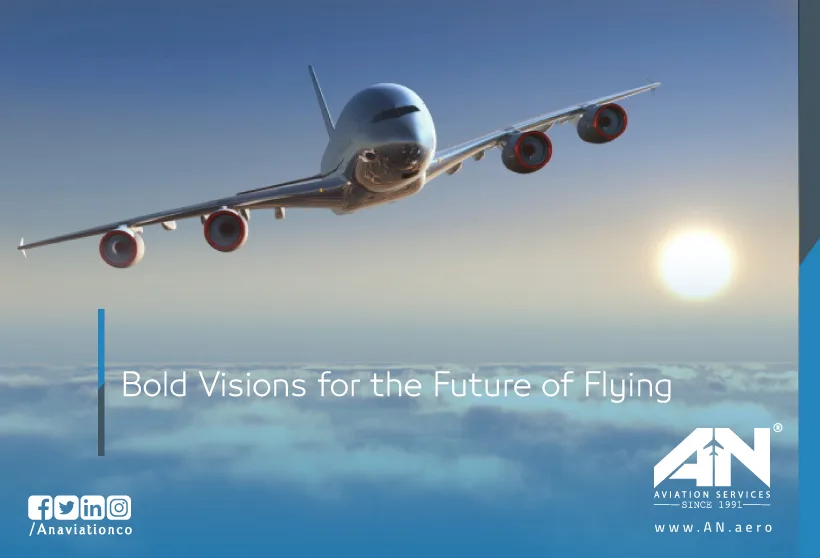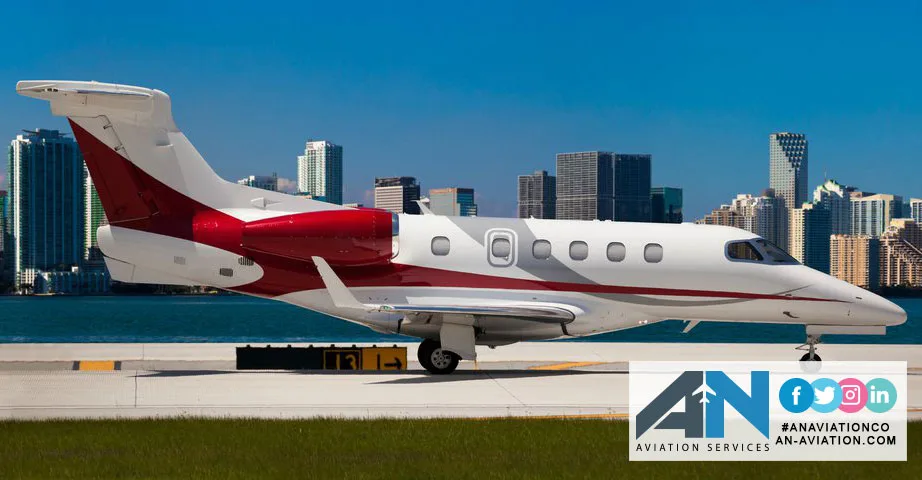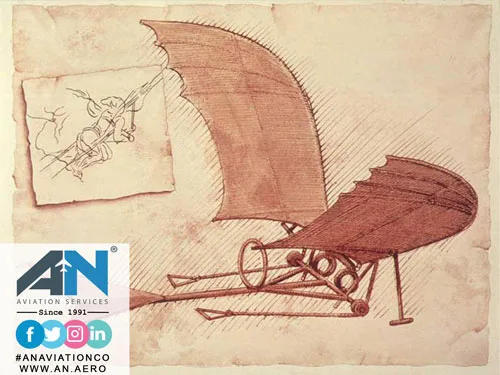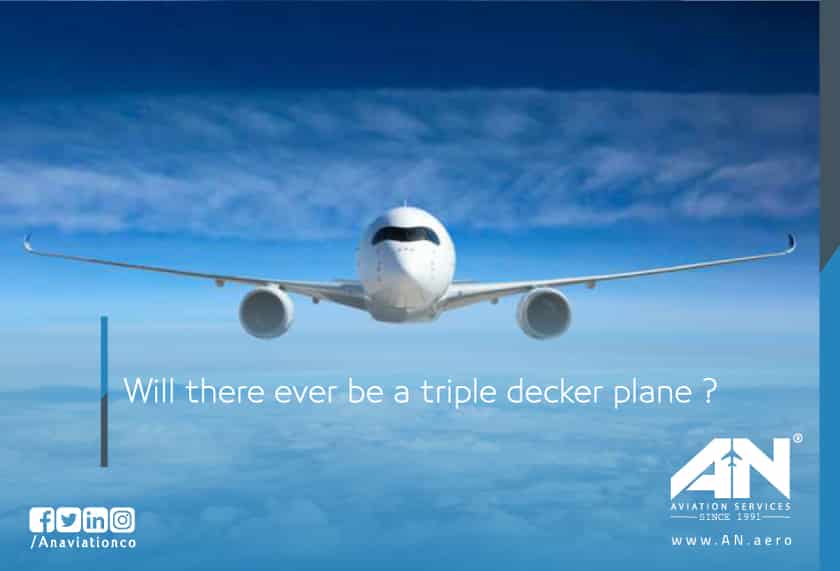
The airline industry is entering a new era where Inflight WiFi is no longer a luxury but an expectation. As connectivity becomes a fundamental part of daily life, passengers increasingly demand the ability to stay connected, even at 35,000 feet. While some US airlines have already embraced WiFi as a standard feature, others are lagging behind. However, it’s becoming clear that offering inflight connectivity is no longer optional—it’s a necessity.
Let’s explore why US airlines are being pushed toward universal Inflight WiFi, what challenges they face, and how this shift will transform air travel for passengers and airlines alike.
The Growing Demand for Inflight WiFi
In today’s digital age, staying connected is as essential as getting from one destination to another. Whether it’s replying to work emails, streaming entertainment, or simply scrolling through social media, passengers expect seamless access to the internet during their flights.
This demand is driven by several factors:
- Passenger Expectations: Travelers are accustomed to having WiFi everywhere—at home, in hotels, and even on public transportation. It’s only natural that they expect the same convenience while flying.
- Business Travelers: For business travelers, flights are often viewed as an opportunity to stay productive. Inflight WiFi allows them to work, attend virtual meetings, and remain connected to their teams.
- Entertainment and Social Media: Leisure travelers want access to entertainment platforms like Netflix or YouTube, as well as social media to share their travel experiences in real time.
Airlines that fail to meet these expectations risk losing passengers to competitors that offer superior connectivity options.
Why US Airlines Will Have to Adapt?
The push for universal Inflight WiFi is being driven by both market competition and evolving passenger needs. Here’s why US airlines will have no choice but to embrace this shift:
1. Competitive Pressure:
Several major airlines, such as JetBlue and Delta, have already made WiFi a cornerstone of their service offerings. JetBlue, for instance, provides free Inflight WiFi on all flights, setting a high standard for competitors. Passengers now compare airlines not just on ticket prices and comfort but also on the quality of their connectivity services.
For airlines that have yet to fully adopt Inflight WiFi, the pressure to catch up is mounting. As more carriers include WiFi as a standard feature, those that don’t risk being viewed as outdated or out of touch with passenger needs.
2. The Rise of Global Connectivity:
International airlines are also raising the bar when it comes to Inflight WiFi. Carriers like Emirates and Qatar Airways have invested heavily in onboard connectivity, providing passengers with fast, reliable internet on long-haul flights. To remain competitive on international routes, US airlines must match or exceed these offerings.
3. Passenger Retention:
Customer loyalty is increasingly tied to the overall travel experience, and connectivity plays a significant role in shaping that experience. Airlines that provide reliable WiFi are more likely to retain passengers, especially frequent flyers and business travelers.
Challenges of Offering Inflight WiFi
While the case for Inflight WiFi is clear, implementing it comes with its own set of challenges.
High Costs:
Equipping aircraft with WiFi capabilities requires significant upfront investment. This includes installing antennas, partnering with satellite providers, and maintaining the necessary infrastructure. For airlines operating older fleets, retrofitting planes with the required technology can be both costly and time-consuming.
Bandwidth and Speed:
One of the biggest complaints passengers have about Inflight WiFi is its slow speed. Bandwidth on flights is limited and shared among all passengers using the service. Ensuring fast and reliable connectivity, especially on full flights, remains a technical challenge.
Global Coverage:
Providing seamless Inflight WiFi on international flights is particularly complex. Airlines must partner with multiple satellite providers to ensure coverage across different regions, adding to the complexity and cost of implementation.
The Future of Inflight WiFi
Despite these challenges, the future of Inflight WiFi looks promising. Technological advancements are paving the way for faster, more reliable connectivity at lower costs.
Satellite Technology:
The rise of low Earth orbit (LEO) satellites, such as those launched by SpaceX’s Starlink, promises to revolutionize inflight connectivity. These satellites offer lower latency and higher speeds, making them ideal for meeting passenger demands.
5G Integration:
As 5G networks expand globally, they could play a role in improving Inflight WiFi by providing faster ground-to-air connections.
Universal Free WiFi:
Several airlines are exploring models that would allow them to offer free inflight WiFi to all passengers. While this may take time to become a universal standard, it’s clear that the industry is moving in this direction.
How Inflight WiFi Will Transform Air Travel?
As Inflight WiFi becomes more widespread, it will fundamentally change the air travel experience. Passengers will no longer view flights as disconnected time but as an extension of their daily routines.
- Productivity: Business travelers will benefit from being able to work uninterrupted, even on long-haul flights.
- Entertainment: Passengers will have more options for streaming content, gaming, or connecting with friends and family.
- Enhanced Airline Services: Airlines can use onboard connectivity to offer personalized services, such as targeted entertainment recommendations or real-time updates on connecting flights.
For airlines, the ability to provide seamless connectivity will become a key differentiator in an increasingly competitive market.
Conclusion
The era of disconnected air travel is rapidly coming to an end. As passenger expectations evolve, US airlines will be compelled to make Inflight WiFi a standard feature rather than an optional add-on.
While challenges like cost and bandwidth remain, advancements in satellite technology and 5G are making it easier than ever for airlines to meet these demands. For passengers, the future promises a more connected and convenient travel experience, where staying online is as effortless in the air as it is on the ground.
As airlines compete to deliver the best Inflight WiFi experience, one thing is certain: connectivity is no longer just a perk—it’s an essential part of modern air travel.


